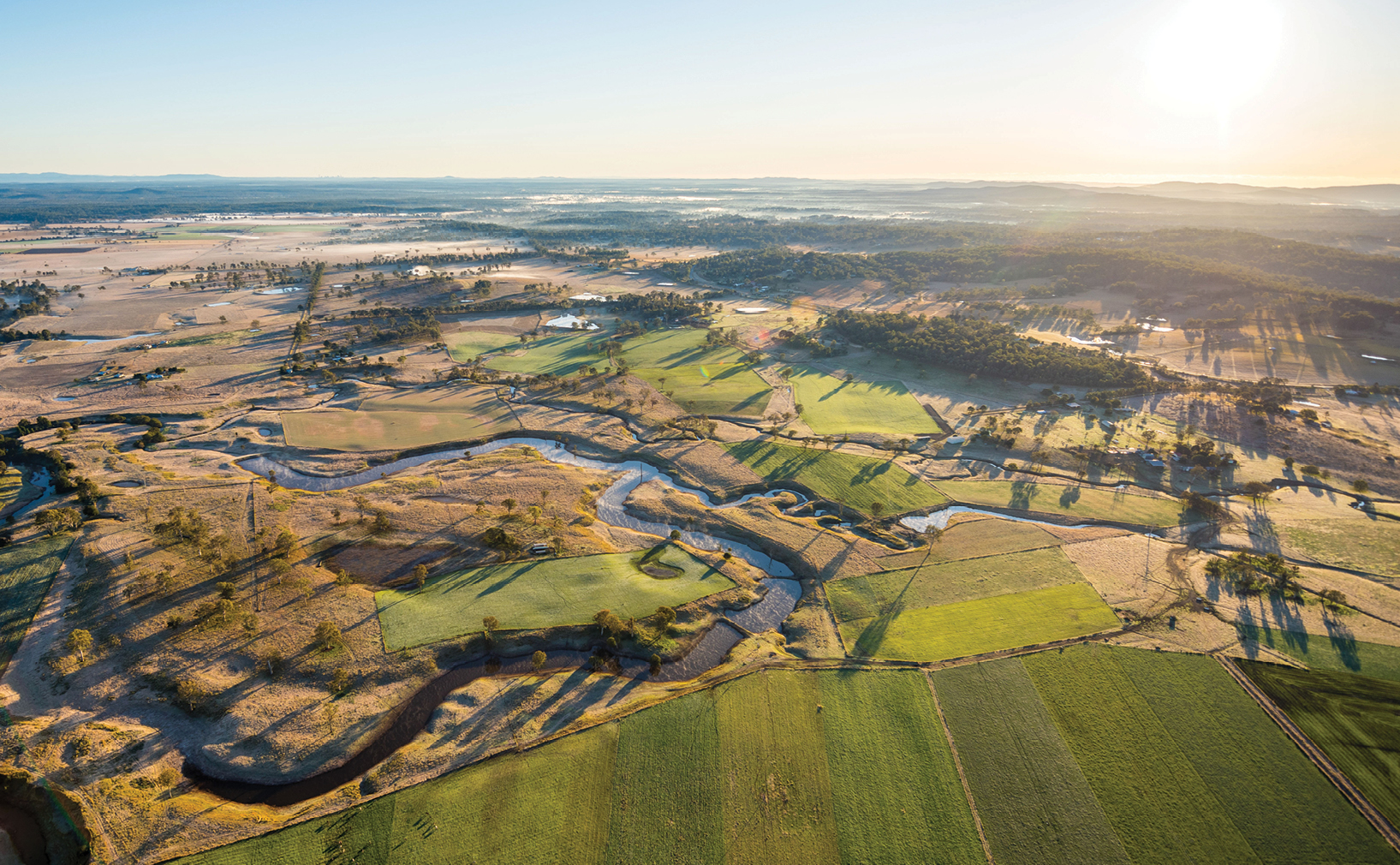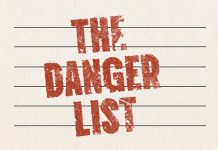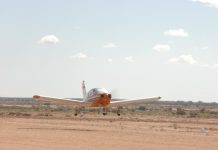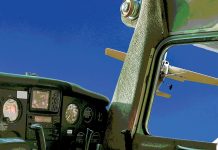In Greek mythology, the sirens’ seductive voices lured mariners to their deaths. In modern aviation, the siren is pilot fixation, as Luke Bayly was lucky enough to discover early in his training.
‘Cherokee Zulu Tango Quebec, cleared to land, runway zero three right.’
That’s the call I heard from Parafield tower in Adelaide one sunny afternoon. I repeated the information to ATC and began a right-hand turn onto base, ready to line up with the centreline of the right-hand parallel runway.
I spotted the runway, visualised my approach path towards it and began a slow turn onto final. The only problem was – I was fixated on the wrong runway and about to cause an incursion into the parallel traffic!
Recently I had completed some additional flight training to move from an RPL to a PPL, after flying RAAus aircraft for more than 15 years. So, by now I should recognise that, under stress, a pilot can tend to fixate on an object, gauge or task – and neglect all of the other information around them.
The sequence typically begins: ‘I am looking for something and have found something that meets 90% of the description and I have now convinced myself this is the thing I was looking for.’
Or sometimes it may be: ‘That is an interesting thing I have spotted and I didn’t expect it to be there. What could cause that? I will continue to ponder this while staring at it intently until it answers my questions.’
While we may think that we don’t typically experience this on a flight, then you are probably right about 95% of the time. The reason we do not usually experience fixation in most of our flying is because we have become used to the typical events in the cockpit and, thus, are not under the stress that leads to fixation.
But the day when IMC conditions push us low, or we have a medical emergency onboard, or are being beaten around in poor weather trying to get home or have a broken instrument – suddenly the stress means we can become subject to fixation.
Every instructor will have stories about student pilots conducting practice forced landings in the vicinity of an aerodrome but instead picking a paddock to land. Why would they select rough ground rather than a prepared runway? The answer is they were under stress – they identified a paddock and convinced themselves this was the best and only alternative.
This is especially true for a right-hand circuit because the runway is partially blocked from the student in the left-hand seat. I freely admit doing this – being embarrassed by selecting a paddock when the airfield was right next to me, but again, only when under significant pressure applied by a CFI.
I was once asked by an instructor to conduct a precautionary search and landing over someone’s paddock, after a diversion during a navigation exercise. I incorrectly identified the area I was searching for. At 200 feet AGL, the instructor casually said, ‘Wouldn’t it be nicer over there?’
I looked over and saw the correct, grassed aircraft landing area (ALA), just 200 metres away! So, what had happened? In my mind, I had found the thing I was looking for in the area I was looking for, which met 90% of my expectations. Fixating on the paddock meant I was completely blind to the actual ALA I was looking for and had not given myself room to assess anything else.
So, back at Parafield and still fixating on the incorrect runway (as the correct runway had been obscured by the cockpit pillar during the right-hand base), the instructor quickly took control and lined up on the correct runway before I could receive an urgent call from the controller about incursions.
Fixating on the paddock meant I was completely blind to the actual ALA I was looking for.
I was lucky it was a training exercise as I firmly believe I would have continued onto the wrong centreline, had the instructor not intervened. The scary part for me is that I hadn’t been mixed up about the runways – I had just confirmed on downwind leg what was the correct runway, against the aerodrome diagram, as a double check.
So, I reflect and think – how do we stop ourselves from falling into this fixation?
The first step is to try to reduce the stress in the cockpit by remembering the final check before hot mags is, ‘Am I fit to fly?’ If life is getting on top of you, as it does for everyone from time to time, then maybe come back another day to fly with a clear mind.
Another way to reduce fixation is to follow training. Use checklists as appropriate to guide you through stressful situations, as these are designed to support your critical decision-making and capture errors. Remember that, more often than not, rushing causes errors that lead to increased risks.
Safety behaviours: human factors for pilots (2nd edition), which is available from the CASA store, outlines, ‘Once you recognise an undesired aircraft state, you must use the correct countermeasure rather than fixate on the error.’
Finally, remember to use positive scan techniques. Practising a good scan on every flight is an excellent way to ensure you will continue to remain aware of multiple inputs when pressure builds up.
Lessons learnt
Consider the risk of fixation on your next flight. If you haven’t experienced cockpit stress in a while, seek some additional training to both improve your skills and test your ability to handle a new operating environment. When things go wrong, we don’t rise to the level of our training – we fall to the level of our proficiency.
Controlled aerodromes and operations is one of the special topics on our Pilot safety hub.
Have you had a close call?
8 in 10 pilots say they learn best from other pilots and your narrow escape can be a valuable lesson.
We invite you to share your experience to help us improve aviation safety, whatever your role.
Find out more and share your close call here.
Disclaimer
Close calls are contributed by readers like you. They are someone’s account of a real-life experience. We publish close calls so others can learn positive lessons from their stories, and to stimulate discussion. We do our best to verify the information but cannot guarantee it is free of mistakes or errors.





